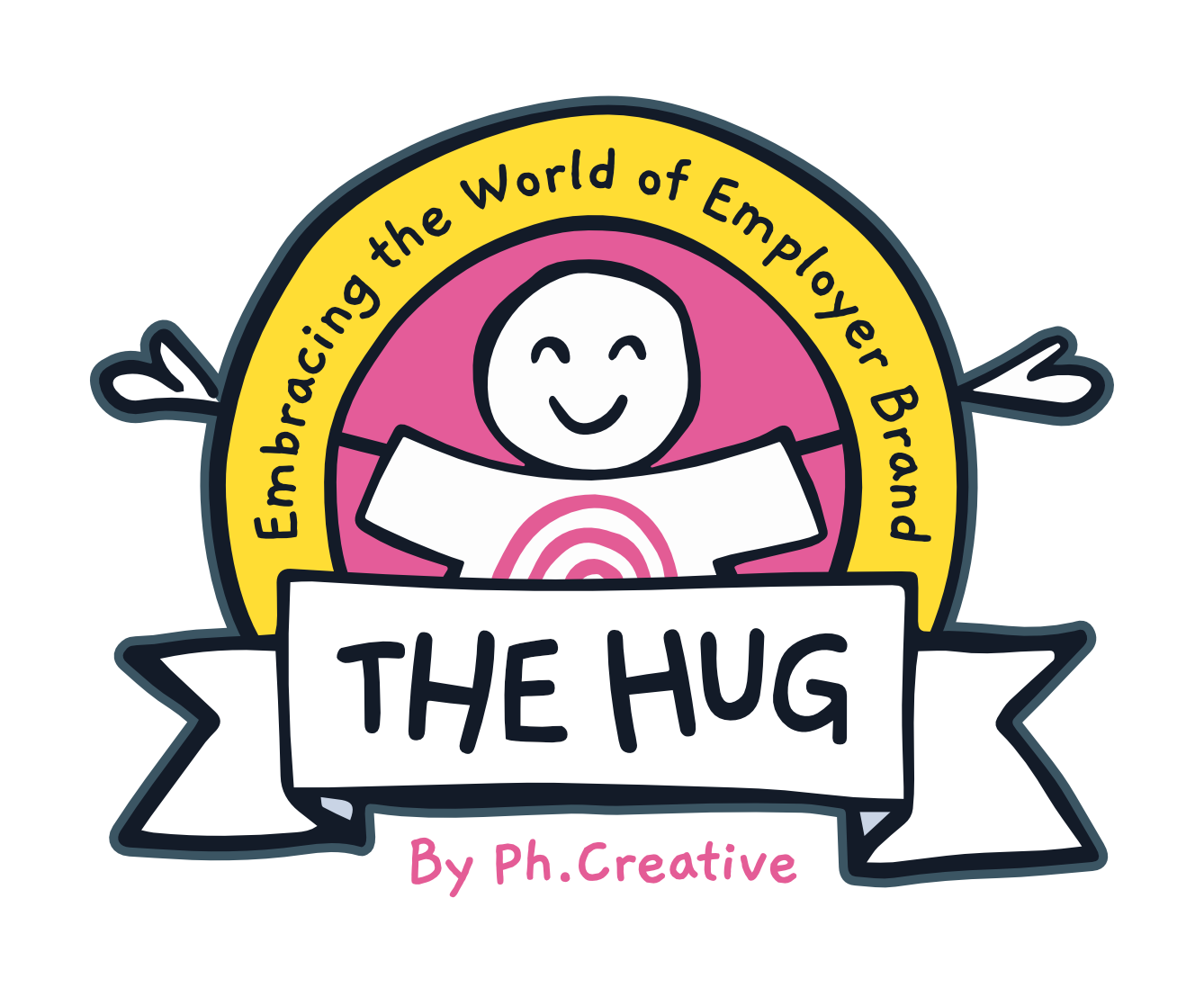Leveraging Authentic Employer Branding for Talent Attraction
4 min read.It’s a buyer’s market for job candidates today. One thing those buyers want? Transparent, authentic employer branding and an authentic, transparent employee value proposition (EVP).
There’s a catch, though. Many businesses view employer branding as something that should be entirely positive — and full transparency doesn’t always translate as positive. But a strong employer brand shouldn’t portray your organization as perfect. After all, no organization is. Your employer brand is a tool for talent attraction, and if it’s not painting an authentic picture of your organization, it won’t attract the best-fitting candidates.
The only way to truly harness the power of employer branding as a talent attraction tool, then, is to get honest.
The Value of Authentic Employer Branding
Companies have historically positioned their employer brand messaging in a way that asserts they are the “best.” However, "the best” doesn’t mean anything. It’s not tangible or focused, let alone relevant to your audience. It also does help people understand your EVP, which should outline what benefits employees receive in working at your company but also what they have to accept in order to work there — aka, your "give and get" proposition.
Today, job seekers are savvier than ever. They’re looking to land at a place where their contribution makes a difference, their efforts have meaning, and they can be themselves. Your employer brand — and, by proxy, your EVP — needs to give them this information at a glance. That way, they’ll know whether they’re up for the challenge of being a member of your team or not.
Why Employer Brands Lack Transparency
As you can imagine, plenty of businesses hesitate to be transparent and specific with their employer branding. Why? Many feel that it will make them seem vulnerable. As it turns out, they’re right. But vulnerability is what people want.
Applicants are choosing to work for companies that showcase their humanity, empathy, compassion — attributes that might have been called “vulnerabilities” at another point in time. Consequently, job applicants are eager to take roles at businesses that align with their values and beliefs, and employer branding helps them know which businesses they’ll find that alignment with.
Leading with your “whole truth” isn’t quite as tall an order as it may seem. Do the following three things to start refreshing your employer brand right now:
-
Flesh out the employer reputation you want.
When it comes to your employer brand, you have two choices: You can let others define your reputation, or you can define it yourself. Obviously, the latter offers more control, especially when it comes to crafting your employer brand messaging and EVP.
To take the reins in defining your employer reputation, focus first on which of the “three C’s” matters most in your organization: career catalyst, culture, or citizenship. Companies where employer branding revolves around a "career catalyst" quality promise to accelerate employees’ careers. Culture-focused companies make sure people belong and clearly define what they belong to. And citizenship companies stand for something and give employees purpose, both internally and to the outside world.
Obviously, all three C’s play a role in your employer reputation. However, one will probably stand out most. Use your findings to construct a common understanding of the experience of being a part of your business.
-
Create a world-class EVP.
Once you’ve better defined your employer brand, you have to develop a wholly accurate, authentic EVP. First and foremost, aim for extreme clarity and always keep the “give and get” principle in mind. Ideally, your EVP should be built on a snapshot of what an ideal candidate looks like.
Not sure what qualities you’re looking for? Consider all your team members who are doing well. What commonalities do they share? What are the rewards they receive from your company in return for their commitment, time, energy, etc.?
Through the process, you may find that you have different EVPs for different audiences, like for employees in one department versus those in another. That’s fine. Quite honestly, your EVPs will evolve over time anyway, so it only makes sense that they would be more fluid than your employer brand or employer reputation.
-
Design a corresponding talent experience.
Finally, focus on designing an employee experience that validates and amplifies your employer brand and EVP.
This requires analysis. Look at the full journey from the time someone submits an application to their onboarding and finally working with your company. Is every experience supporting the reputation and EVP you developed? If not, make changes. It all needs to align.
Regardless, be streamlined and disciplined. Nothing’s worse for you or your employees than making them a promise about what it’s like to work for you that you can’t fulfill. It’s much better for you to be forthcoming. And if you’ve made a mistake or gotten something wrong, be candid with yourself. Part of this process involves self-discovery, which is always valuable and is the key to being vulnerable in your employer branding.
High performers are making major career changes en masse. Be certain to attract the talent best suited for your company by putting time into building a transparent, authentic employer brand. If you’re interested in learning more, join a Ph.Creative Employer Brand Strategy Sprint today.
Sign up to our blog

Every other Thursday we share:
✔ One feature full of our freshest insights
✔ An expert hack you'll love to use
✔ The links you need now
+ other helpful bits for thousands of EB and TA pros just like you


